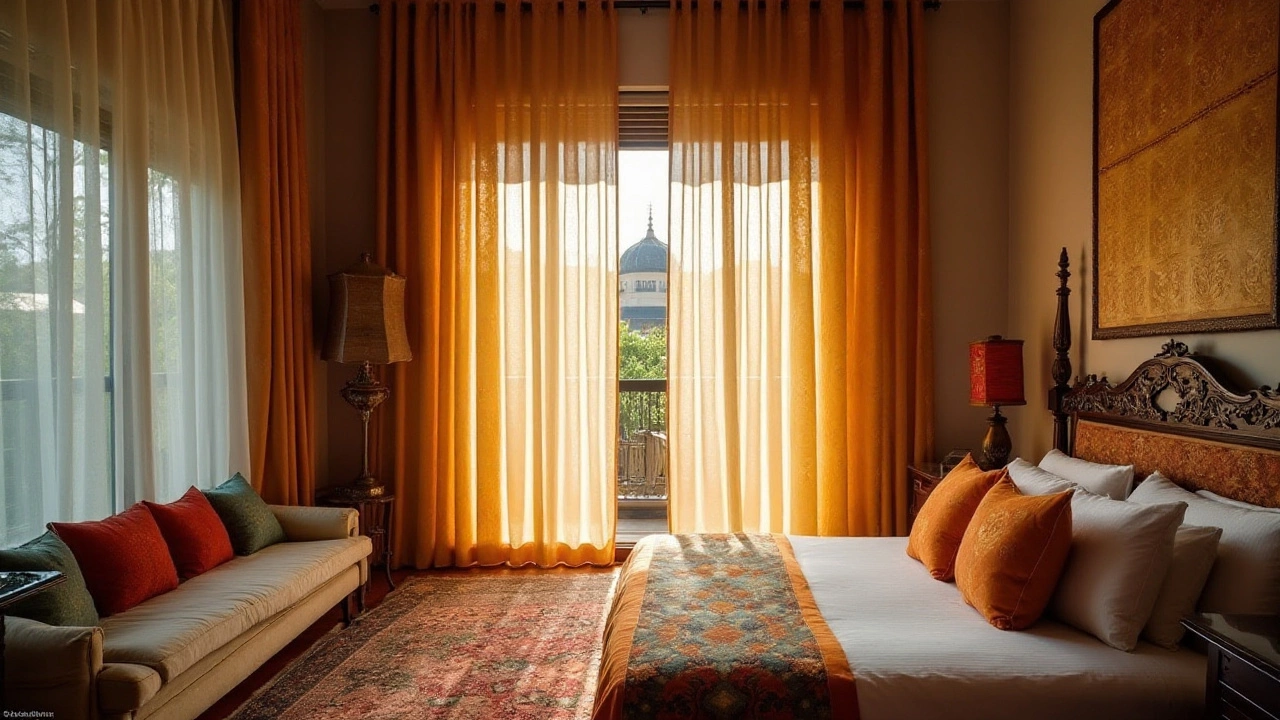
The Great Curtain Debate: Long vs. Short for Your Bedroom
Choosing the right length for your bedroom curtains can significantly impact both aesthetics and functionality. While long curtains deliver elegance and can make a room feel taller, short curtains might be practical and cozy. The decision often depends on personal preference and room design factors. This article explores the pros and cons of each style, shedding light on how they can contribute to your bedroom ambiance.
View More